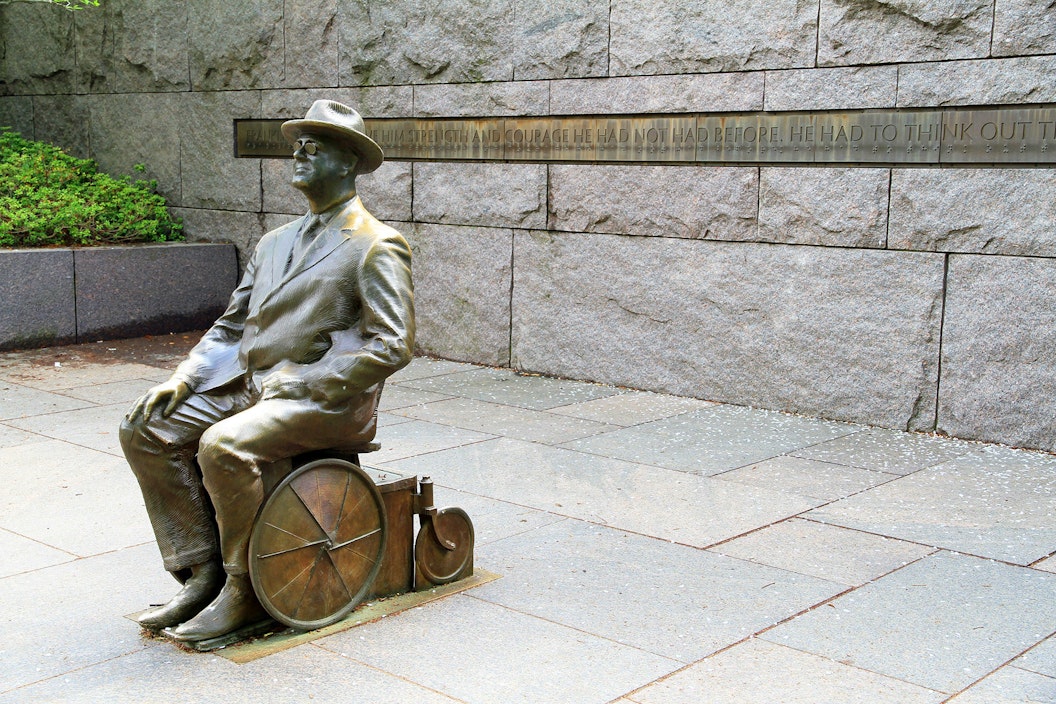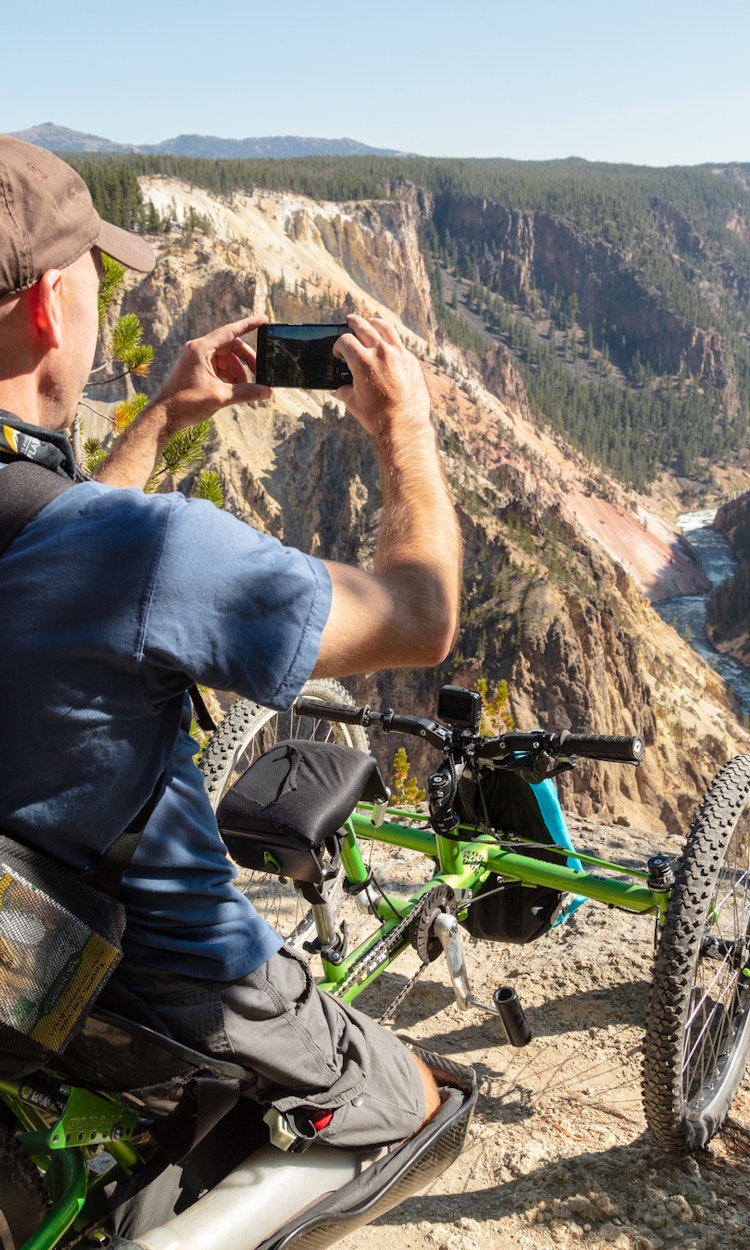

.
.
The Washington, D.C. memorial built in honor of President Franklin Delano Roosevelt was carefully designed to be accessible for people with a variety of abilities, honoring the fact that Roosevelt himself had a physical disability and used a wheelchair. But for many years the memorial wasn’t fully accessible to visitors who are blind or have low vision.
Thanks to the National Park Foundation (NPF)’s support of the National Park Service (NPS)’s National Mall and Memorial Park, the Franklin Delano Roosevelt (FDR) Memorial has improved accessibility for those who are blind or have low vision. The memorial’s story, and FDR’s legacy embodied through it, can now reach a wider audience.
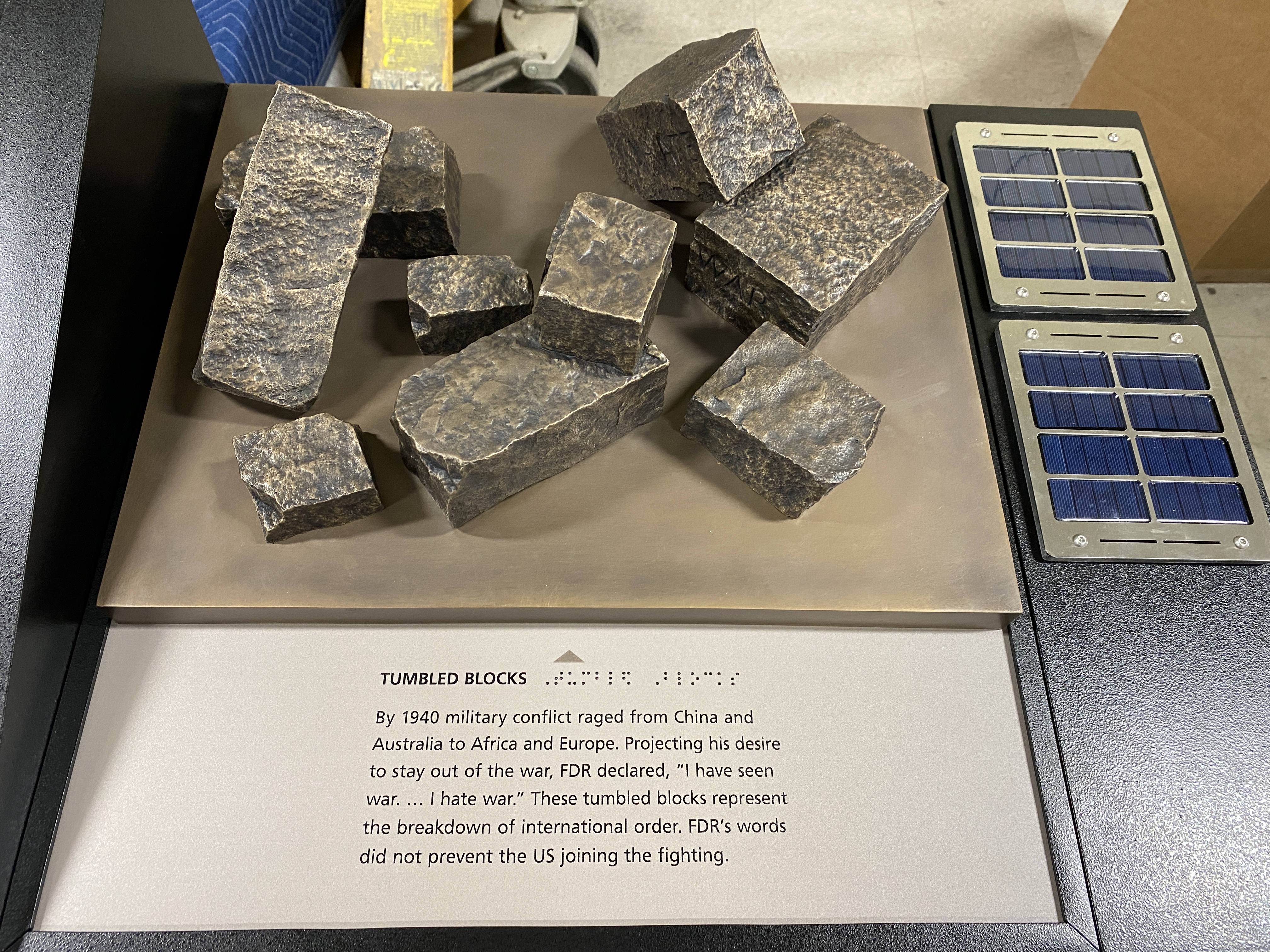
Support from NPF enabled the park to design and build 10 new accessible educational exhibits – an indoor exhibit in the information center and nine outdoor waysides – featuring graphics, braille, and tactile models. Elements of the memorial were scanned to create small tangible models that visitors can touch to explore the site and learn about its features. The memorial also has new audio listening devices.
As a result of these improvements, visitors can experience the memorial more completely – including the symbolism, quotations, sculptural elements, and history commemorated by the site. For the first time, people with low or complete loss of vision can learn information about the memorial independently. And the general public is benefitting as well from having content about the memorial’s symbolism and history located within the memorial, where it’s most useful, though the new waysides.
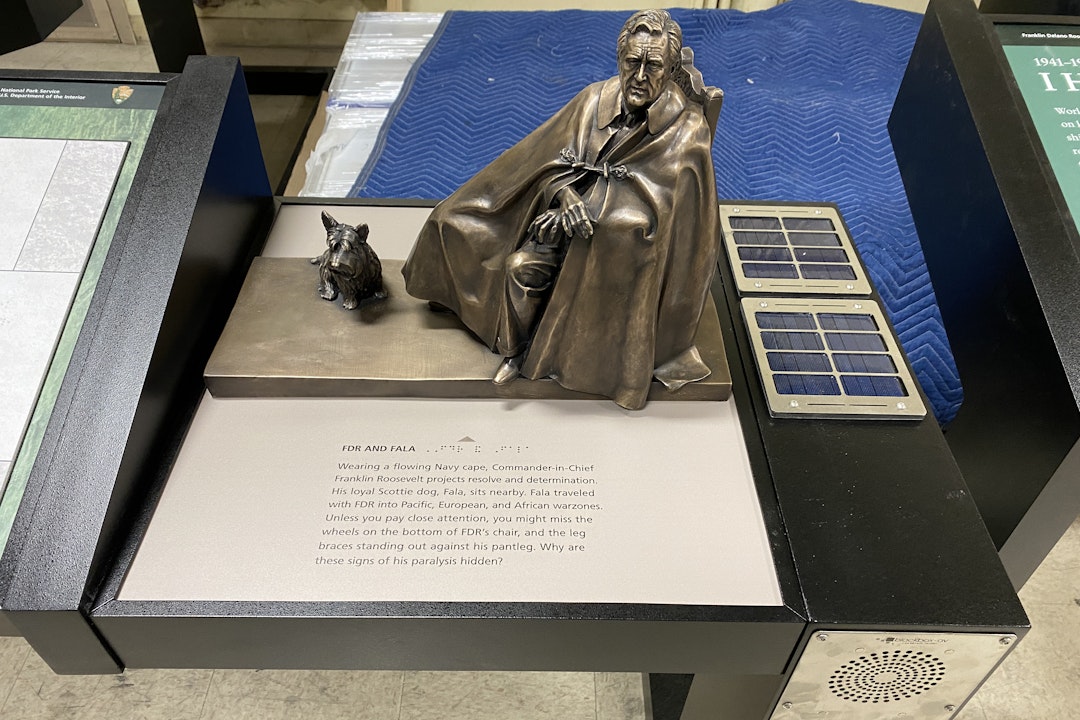
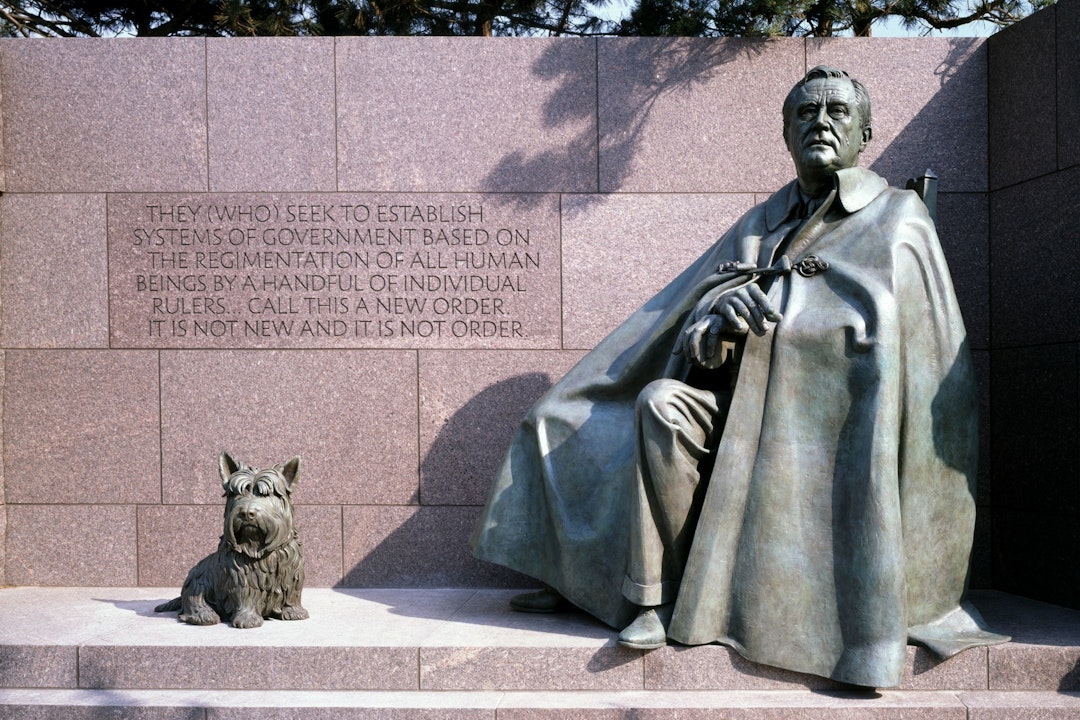
Prior to the project, the FDR Memorial was not easily accessible to visitors who were blind or had low vision, with braille that was scattered throughout the site to invite touch but not necessarily comprehension. NPS responded to requests to improve accessibility at the memorial for visitors who couldn’t interact with it visually or learn about it from braille on site.
The memorial, which attracts more than 3 million visitors a year, is now more accessible than ever. The project benefitted from NPF’s philanthropic dollars as well as federal funds appropriated to the Foundation.
Expanding Accessibility at National Parks
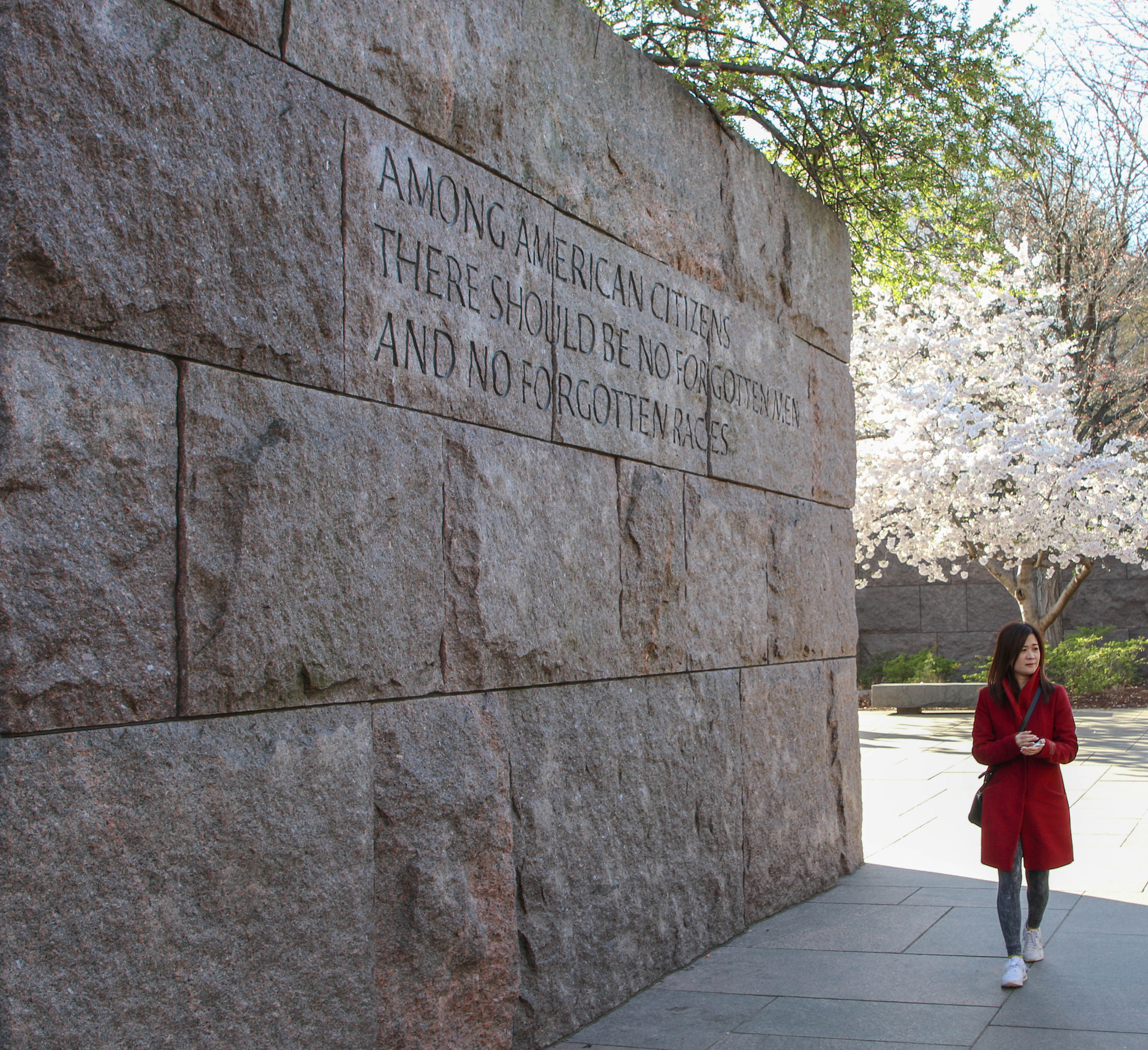
NPF is dedicated to supporting NPS’s ongoing commitment to expanding accessibility so that everyone can enjoy and experience our national parks. In addition to the work at the FDR Memorial, NPF has funded projects at Reconstruction Era National Historical Park in South Carolina and elsewhere to improve park accessibility through reading materials, trail access, programming, and more.
Reconstruction Era National Historical Park, which became a national monument in 2017 and a national historical park two years later, commemorates the period of history after the American Civil War. An NPF grant to the park will help support a team of graduate students and faculty visiting the park’s sites to assess its physical facilities, programming, interpretive and digital media, and exhibits to highlight needs, opportunities, and suggested best practices for the park around accessibility.
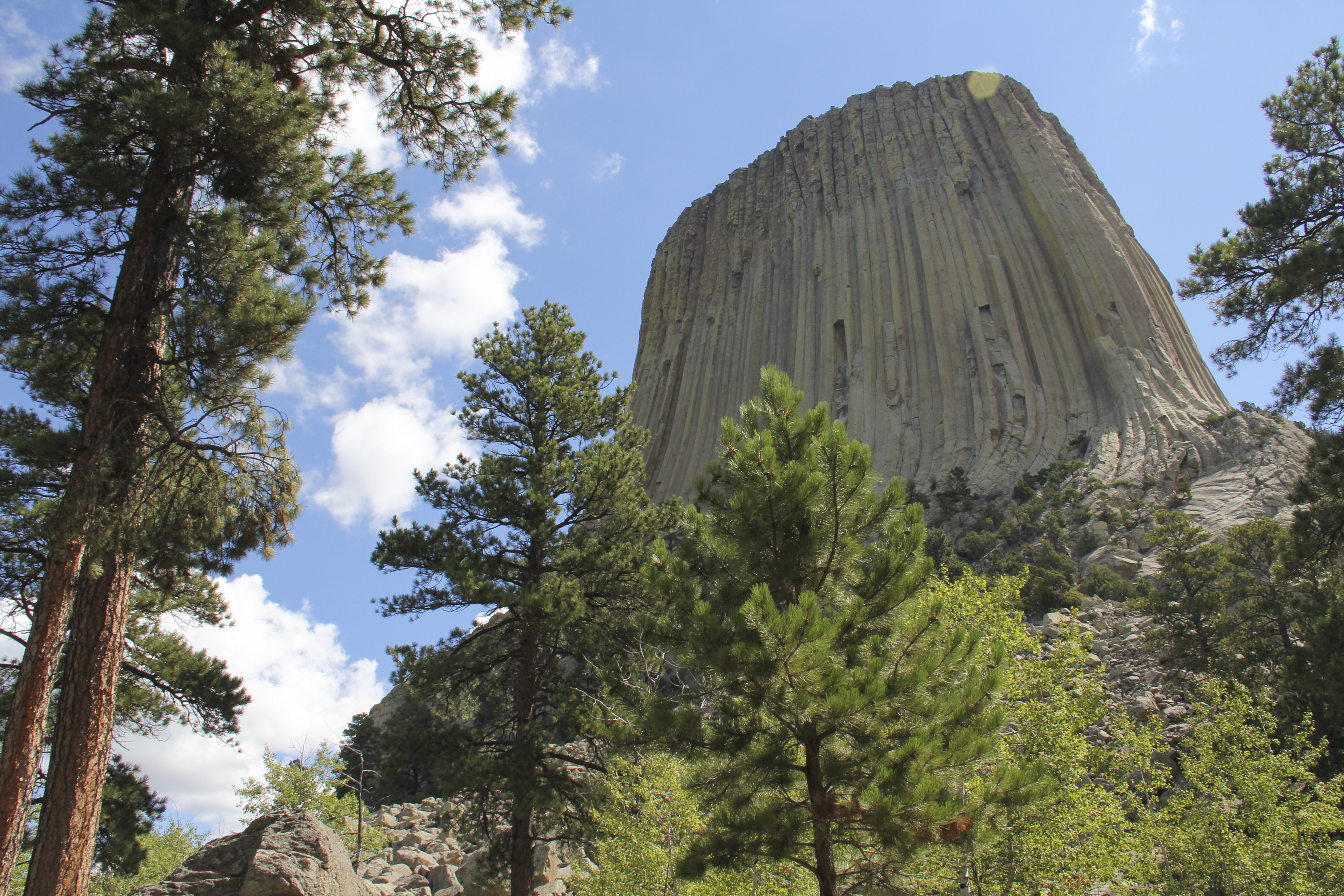
At Devils Tower National Monument in Wyoming, NPF supported a project to ensure the most densely used areas will be widely accessible to all visitors, with inclusive signage, accessible trails, and a visitor center with updated accessible materials.
And in D.C., just across the Tidal Basin from the FDR Memorial, NPF is supporting work to rehabilitate the lower level of the iconic Thomas Jefferson Memorial to include new accessible exhibits, sloped walkways, and improved visitor services.
More broadly, NPF is raising funds for a study to learn what is needed for our broad community of people living with disabilities, and to help NPS transform infrastructure and educational materials to deliver on a promise of accessibility for all.
Related Programs
-
 Accessibility for All Americans
Accessibility for All Americans

